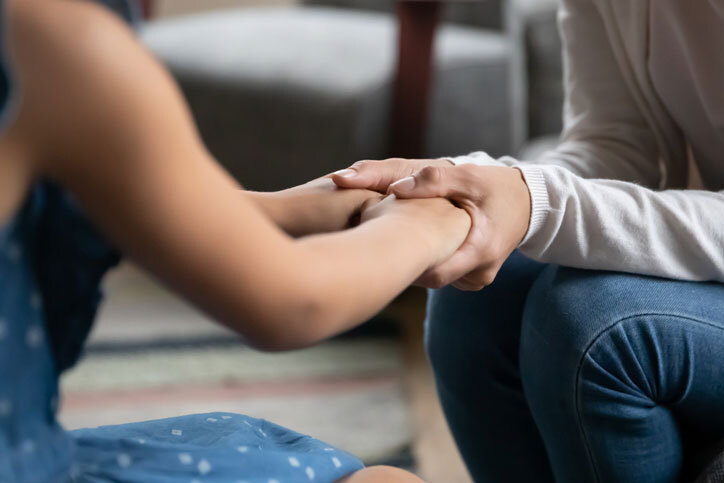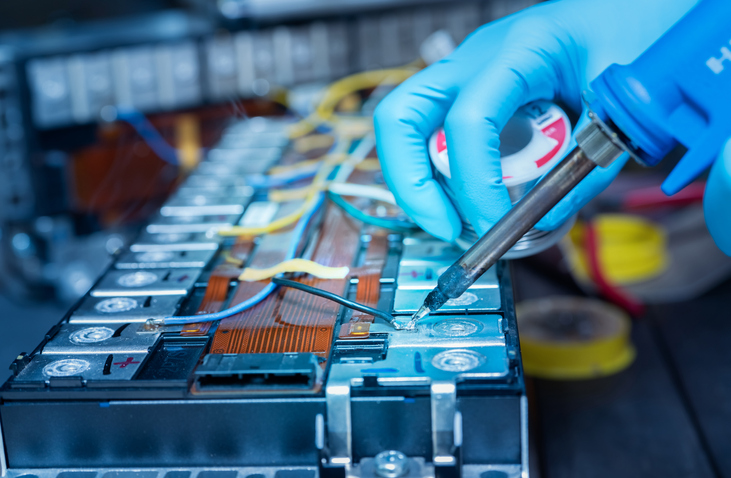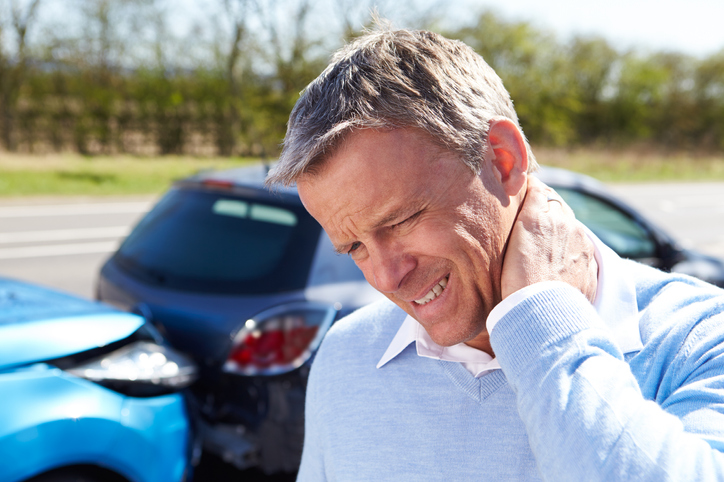
It is common for couples to divorce or separate in case they feel that they are unable to cohabit. However, the case becomes complicated when there are children involved. In such circumstances, it becomes essential to define which parent will have the primary or sole custody of the child. If you are unaware of what exactly is meant by custodial parents, this article might be of some help.
Read on to understand what being a custodial parent means and how to legally become one.
What Exactly Is Meant By A Custodial Parent?
A custodial parent, simply speaking, is the parent who has the sole or primary custody of their child. The child spends most of their time with the custodial parent, which can be either their mother or father. The said parent is also responsible for taking care of the daily needs of the child.
There are two types of child custody granted by the court – physical and legal. According to Santa Rosa child custody attorneys, physical custody is a legal term used to designate the parent with whom the child will spend most of their time. Legal custody, on the other hand, involves the right of the parents to make major decisions regarding the child.
A parent who has been granted both the physical and legal custody of their child not only keeps the child with them but is also the sole decision maker regarding the child’s future. However, if the parent with physical custody shares the legal custody with the other parent, they need to discuss with the latter before making any major choices regarding the child.
The parent who isn’t granted physical custody of their children is referred to as the non-custodial parent. They can, however, have the right to visit their children. Depending on the circumstances of the separation, such visits may be either supervised by the custodial parent or fully unsupervised.
In some instances, parents may agree to have joint custody of their children. In such cases, neither of the parents is designated as the custodial parent.
Major Responsibilities Of A Custodial Parent
Being a custodial parent means that you get to spend more time with your children and play a major role in their upbringing. However, you need to be able to bear the responsibilities of caring for your child on a daily basis. Some of the main responsibilities of a custodial parent include the following:
● Providing them with the basic necessities such as food, clothing, and shelter
● Enrolling them in a school and ensuring that they receive proper education
● Scheduling and taking them for regular medical checkups
● Enrolling them in extracurricular activities and ensuring they have a means of transportation for attending those
● Ensuring proper hygiene of the child
● Assisting them with their school projects and daily homework
● Facilitating visitations with the non-custodial parent
● Proving all other necessary support to the child
How Can You Become A Custodial Parent?
If you want to become a custodial parent after divorcing or separating from your partner, you need to follow the right legal process.
Of course, you can also decide on an agreement out of court – this can save you a lot of time, money, and hassle. But, in some cases, the parents fail to reach a consensus regarding the child’s custody. In such circumstances, it’s best to take the help of a reputed lawyer who can argue on your behalf in court.
The court usually considers the best interests of the child while making custodial decisions and grants custody to the parent who is most suitable to take care of the material and emotional needs of the child.
RELATED ARTICLES
Recent Posts
- Major Theft Ring Busted: Over $200,000 in Stolen Lego Sets Recovered in Eugene, Oregon
- Judge Denies Texas’ Bid to Shut Down Migrant Shelter Network in El Paso
- Single Mother in Memphis Seeks Help for Troubled Son Amid Rising Concerns
- California’s Proposition 47 Reform Sparks Intense Political Debate Over Public Safety
- U.S. Man’s Social Security Benefits Denied Over Citizenship Confusion
Categories
Our Supporters
Gold Supporters
Christopher Simon – Atlanta Truck Accident Lawyer
Skiver Law Firm – Phoenix Truck Accident Lawyer
Winer, Burritt & Scott, LLP – Los Angeles Clergy Abuse Law Firm
Michael E. Fenimore P.A. – Pensacola Car Accident Lawyer
Pillsbury & Coleman, LLP – San Mateo Long Term Disability Lawyer
The Law Office of Randall J. Wolfe, P.C. – Oregon City Personal Injury Lawyer
Davies Hothem Injury Law – Buford, GA Car Accident Attorney
Houston Federal Criminal Defense Attorney
Darrow Law Firm – Houston Federal Crime Lawyer
Kansas City Personal Injury Lawyer
Atlanta Truck Accident Attorney
Aitken *Aitken* Cohn Trial Lawyers – Santa Ana Personal Injury Attorneys
Dawson Law Group- Portland Personal Injury Attorneys
CT Mediation Center- New Haven Family Law Attorney
Little Rock Personal Injury Lawyer
Katy Car Accident Lawyer
Franklin Divorce Attorney
Palermo Law- Long Island Personal Injury Lawyer
Dan Rose – San Francisco Car Accident Attorney
Taylor Siemens – Liberty, MO Personal Injury Attorneys
Pfeifer Law Firm – Little Rock Car Accident Lawyer
Walkup, Melodia, Kelly & Schoenberger – San Jose Car Accident Attorney
Solomon, Dwiggins, Freer & Steadman – Las Vegas Business Litigation Lawyer
Roane Law – Asheboro NC Car Accident Lawyer
Dorsch Law Firm – Overland Park Estate Planning Attorney
The Tennessee Sledgehammer – Hermitage, TN Car Accident Lawyer
Cook Law Group – Gainesville, GA Car Accident Lawyer
Simon Bridgers Spires – Atlanta Personal Injury Lawyer
Injury Law Associates – Kansas City Motorcycle Accident Lawyer
Potts & Potts – Honolulu Personal Injury Attorney

